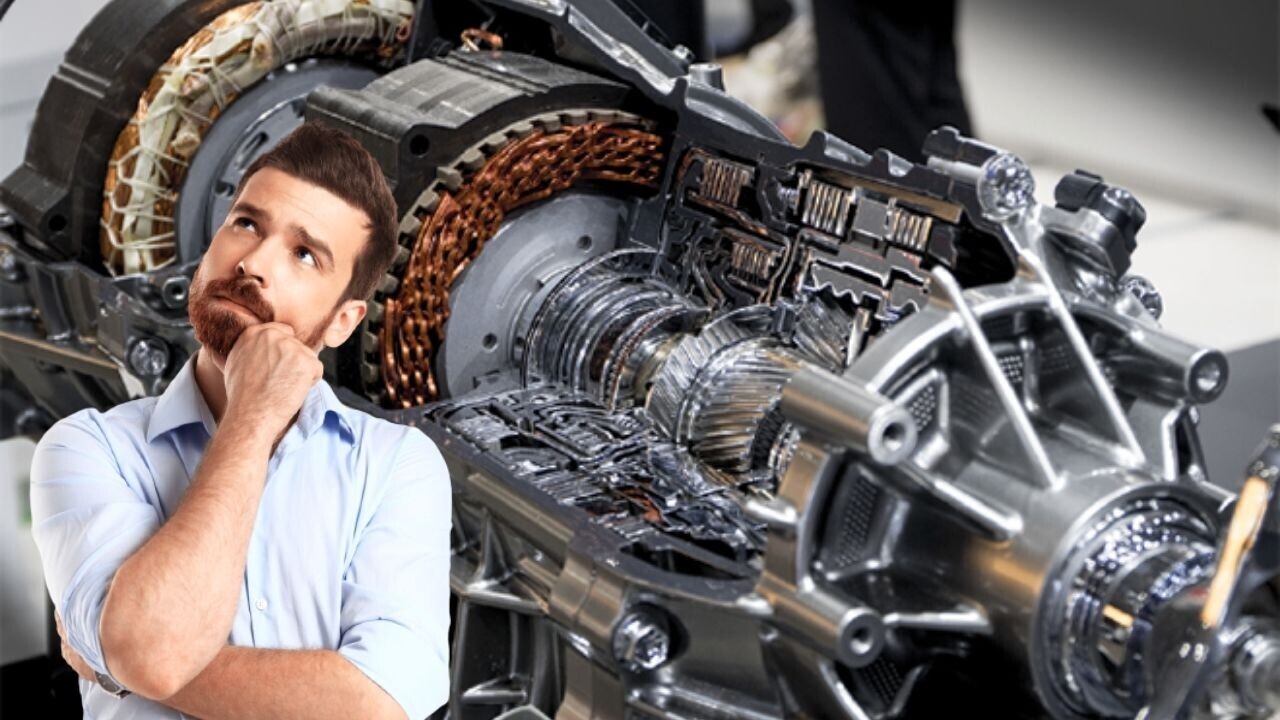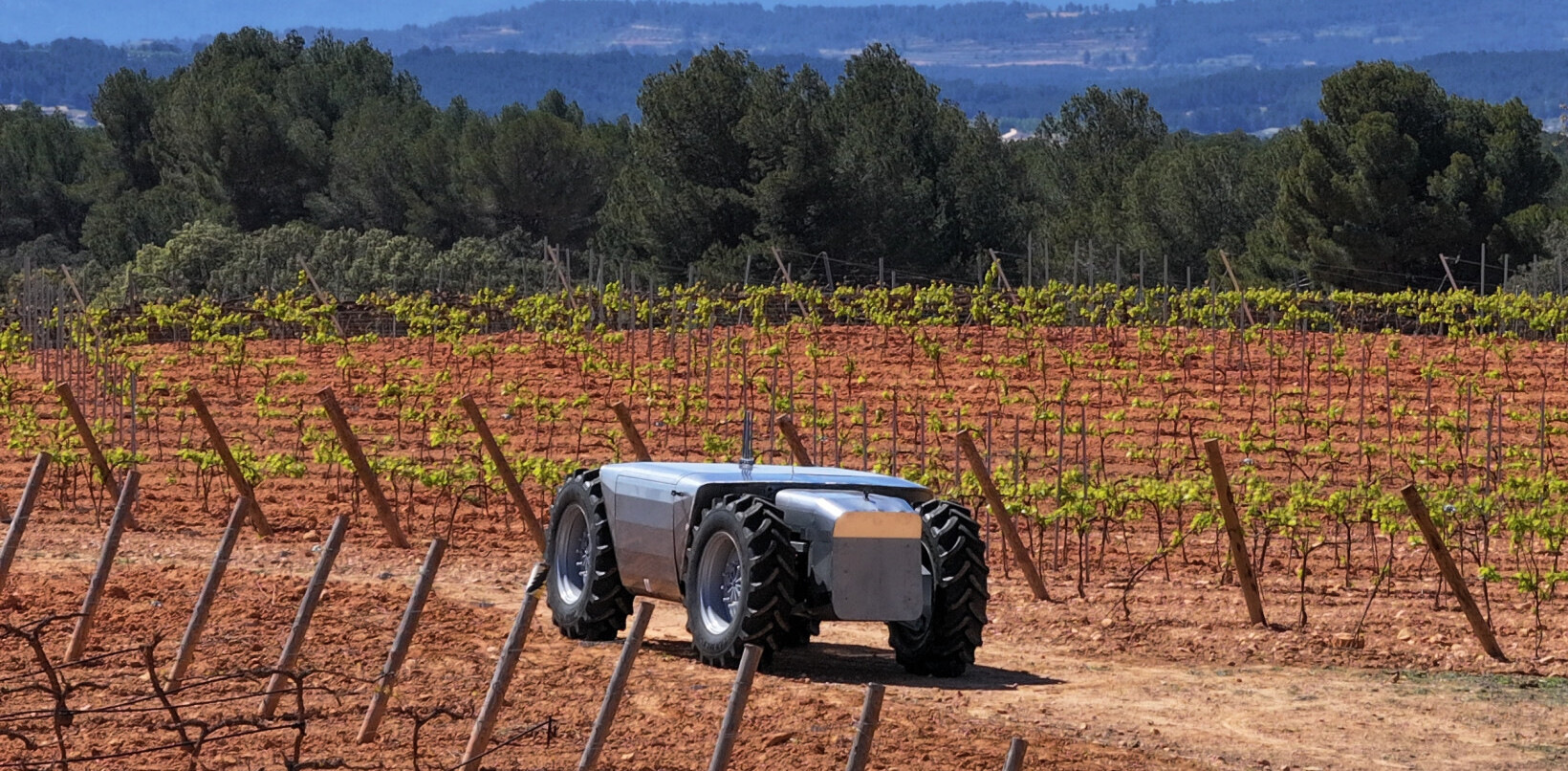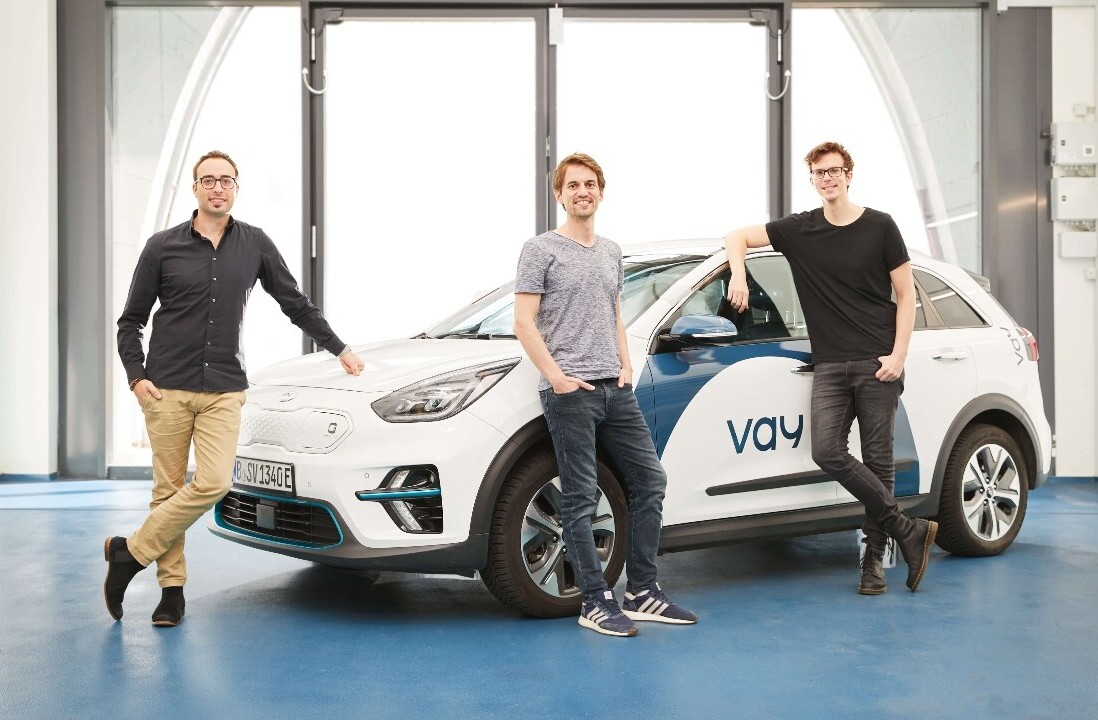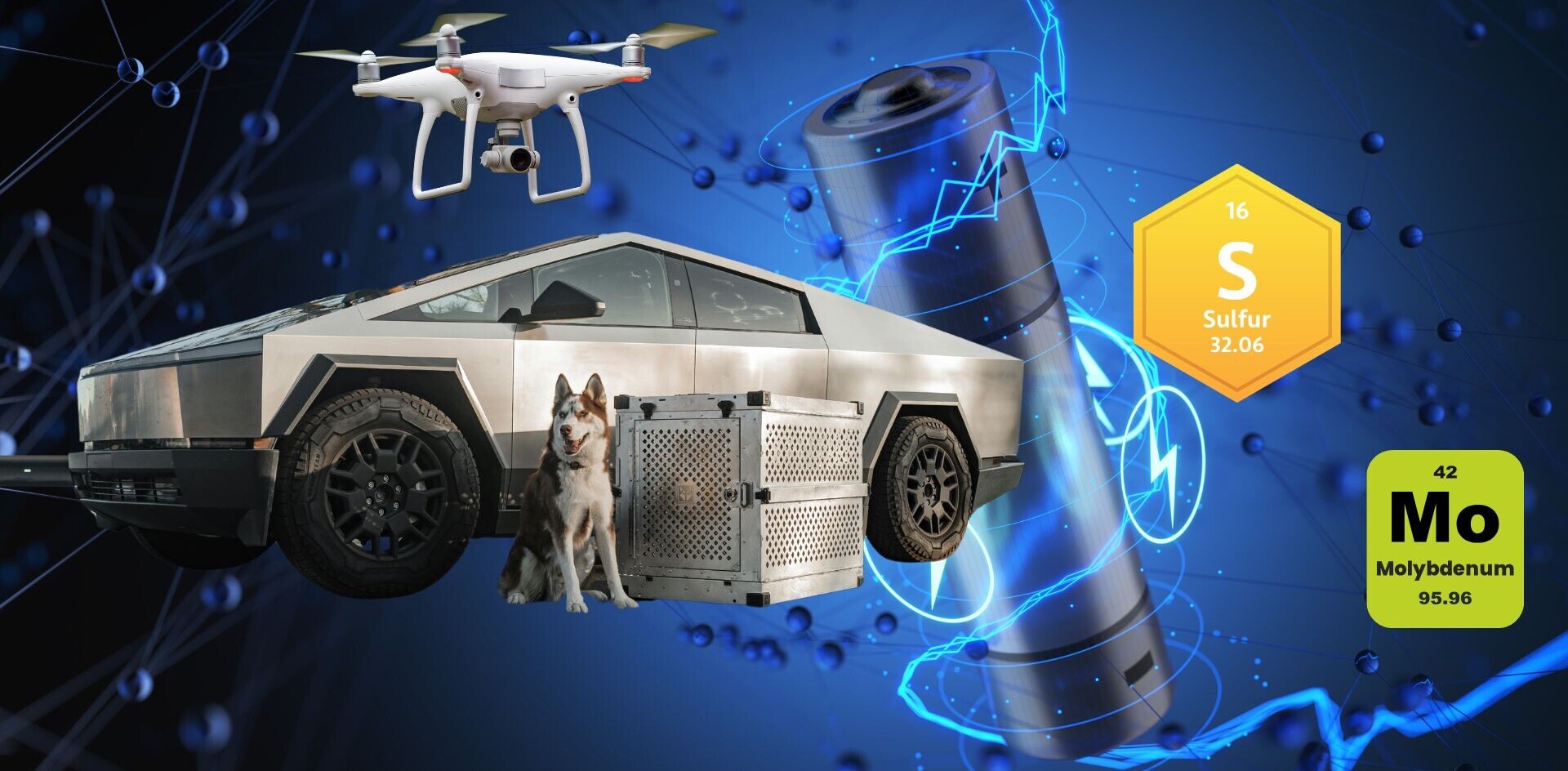
Welcome to SHIFT Basics, a collection of tips, explainers, guides, and advice to keep you up to speed with mobility tech.
As we’re moving towards a more sustainable transportation model, electricity will gradually replace petrol and diesel in our cars.
Personally, I can’t wait for the EV domination, but I caught myself wondering: do I really know how an electric engine works? Turns out, there were indeed some gaps in my knowledge.
So I did some research and will now share my newly acquired wisdom with you.
What is an electric motor?
Basically, the electric motor is a machine that can convert electric energy into mechanical energy, also called energy of motion. In our case, this conversion process is what makes the car move. This happens through the relationship between electricity and magnetism, we’ll get into that below.
What is inside the electric motor?
An electric motor consists of two major parts, the stator and the rotor. The difference between the two isn’t hard to grasp: the stator is static, while the rotor rotates. Inside the motor, the stator uses energy to create a magnetic field that then turns the rotor. The rotor is connected to a transmission, which turns the wheels and moves the car forward.
Where does the energy come from?
At first glance, this seems like a no-brainer: the power is provided by the rechargeable batteries, right? There’s a problem here, however – the batteries use a different electric current than the motor.
To understand that, we need to dust off our high school physics knowledge.
There are two types of electric currents: the alternating current (AC) and the direct current (DC). The AC describes an electric current in which the electrons periodically change direction, while the DC flows in a single direction.
To get back to EVs, the issue is that batteries use direct current while motors use alternating current. There’s a simple solution though: we need an inverter.
The process in a nutshell
So, let’s sum the process up, now that we can follow a bottom-up approach.
The batteries provide the necessary power, but run on a direct electric current. The current is converted by the inverter to an alternating one that is compatible with the motor. Then, it’s picked up by the stator, which creates a magnetic field. The electric energy generated by the magnetic field turns the rotor, and that turns the wheels.
And, voila! The EV is moving.
HT – Groupe Renault, Fossbytes, Sciencing, Seai
Do EVs excite your electrons? Do ebikes get your wheels spinning? Do self-driving cars get you all charged up?
Then you need the weekly SHIFT newsletter in your life. Click here to sign up.
Get the TNW newsletter
Get the most important tech news in your inbox each week.




